Banksias are a great Australian native species for bonsai. Not only are they an iconic Aussie plant but they also respond well to bonsai culture and techniques.
Here at Shibui Bonsai I have been experimenting with timing and techniques for common banksia species. So far I have found that they can tolerate radical root reduction provided it is done at a suitable time of year. Some years ago I investigated this by root pruning a couple of seedlings of Banksia integrifolia each month to see how they reacted. Seedlings that were root pruned in October and November grew strongly afterward. Seedlings that were root pruned in the heat of summer – December, January and February also grew strongly afterward despite having active new shoots on the plants. Seedlings that I root pruned in March and April as temperatures dropped in Autumn responded poorly with no new shoots, some even dropping most remaining leaves. Those plants did survive and, eventually, started to grow the following summer but were left well behind their siblings.
From those trials I concluded that banksias respond best to root pruning in warmer weather. Since then I’ve repotted my banksias in late spring or summer and have no trouble with the trees post repotting. I repot even when there is active growth on the trees.
Since then I have also tried growing banksias in the ground to increase growth rates with mixed success. It seems that banksias grow and thicken rapidly even when kept in containers. Ground growing reduces the amount of care and watering but does not significantly increase growth rates of the banksia species I’ve tried in my climate.
This year, after a trial last season, I collected self sown banksias. These come up through our garden beds from seed dropped by the larger trees we planted years ago. After a couple of years they get just a bit big for the head gardener to overlook and she starts to agitate for removal. I’m happy to oblige. All the banksias I collected this year came from beds that do not receive additional water so they have all survived on natural rainfall up to this stage. They are probably 3-5 years old.
Here’s one of these banksias. I’ve chosen this one only because I really cut back the roots on this one. Far more than usual just to see how it would respond. These banksias were pruned about 3 weeks before I intended to dig the trees. This is probably not strictly necessary as earlier trials showed that digging and pruning the top in one operation was also successful.
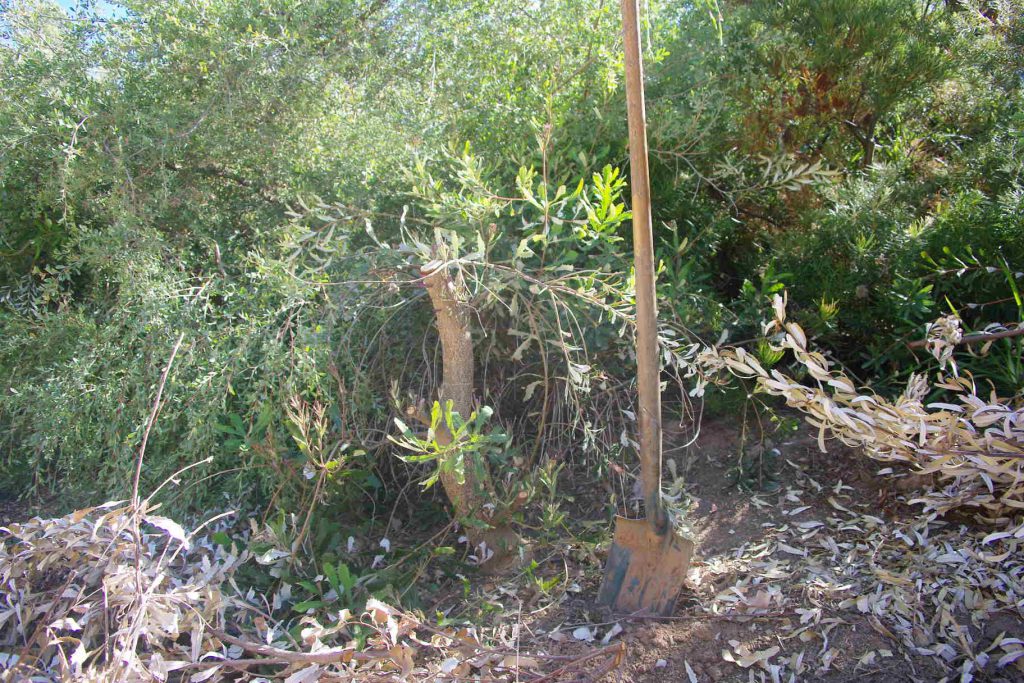
At the time I dug this one it had new shoots just starting to grow from dormant buds on the trunk. This one was dug on December 10th 2019. For a couple of days after daytime temperatures dropped to the low 30s C then rose again into the low 40s C the following week.
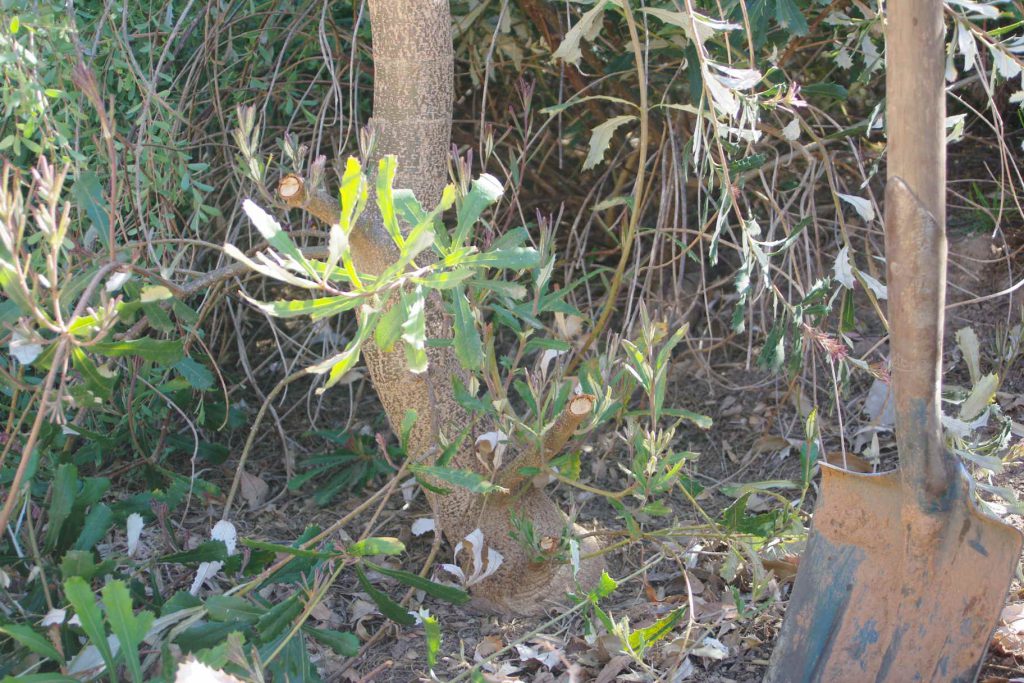
The ground was hard and dry at the time so it was tough going getting this one out. The fact they will tolerate severe root reduction is a bonus as the hole required can be smaller.
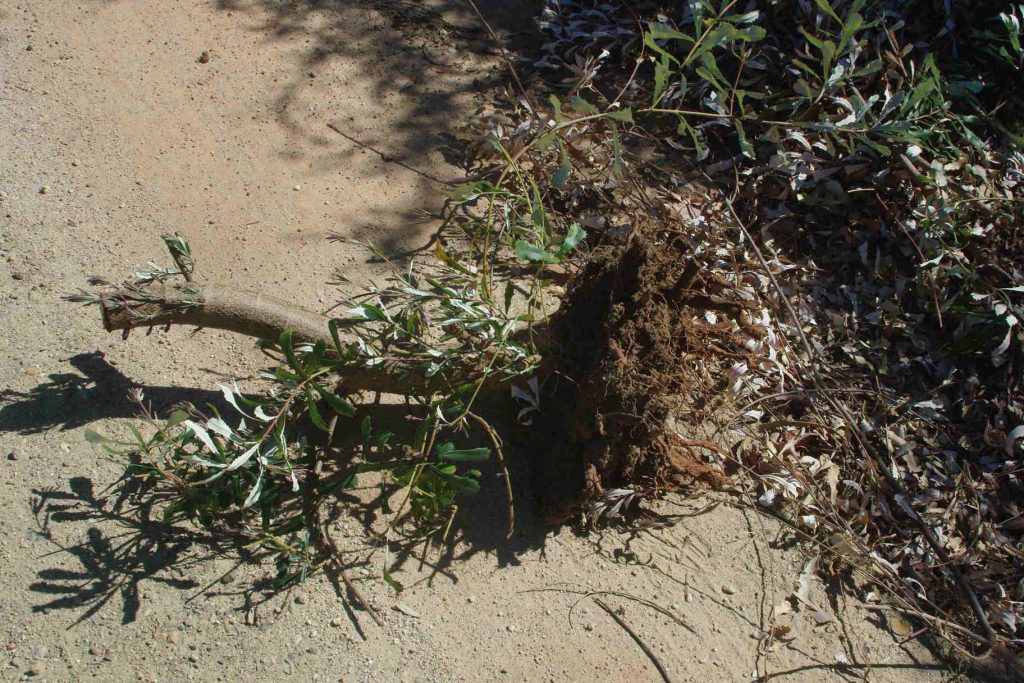
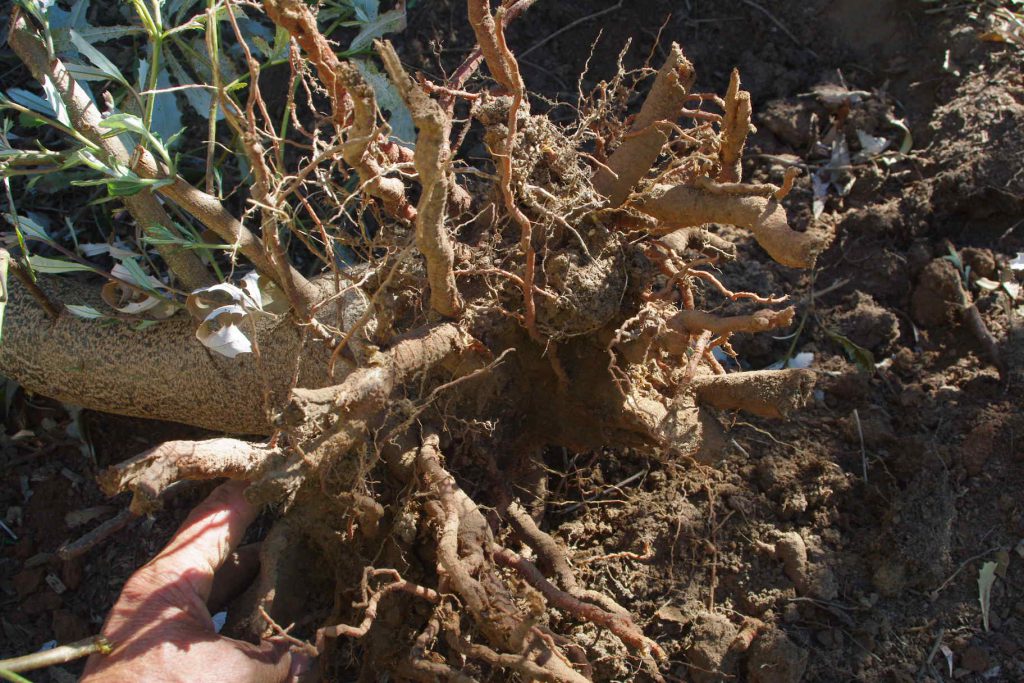
I could have opted for a larger box to fit the mass of roots but, as mentioned above, I decided to test the response to severe root pruning at the time of transplant so I cut back the roots enough to fit into a 30 cm orchid pot.
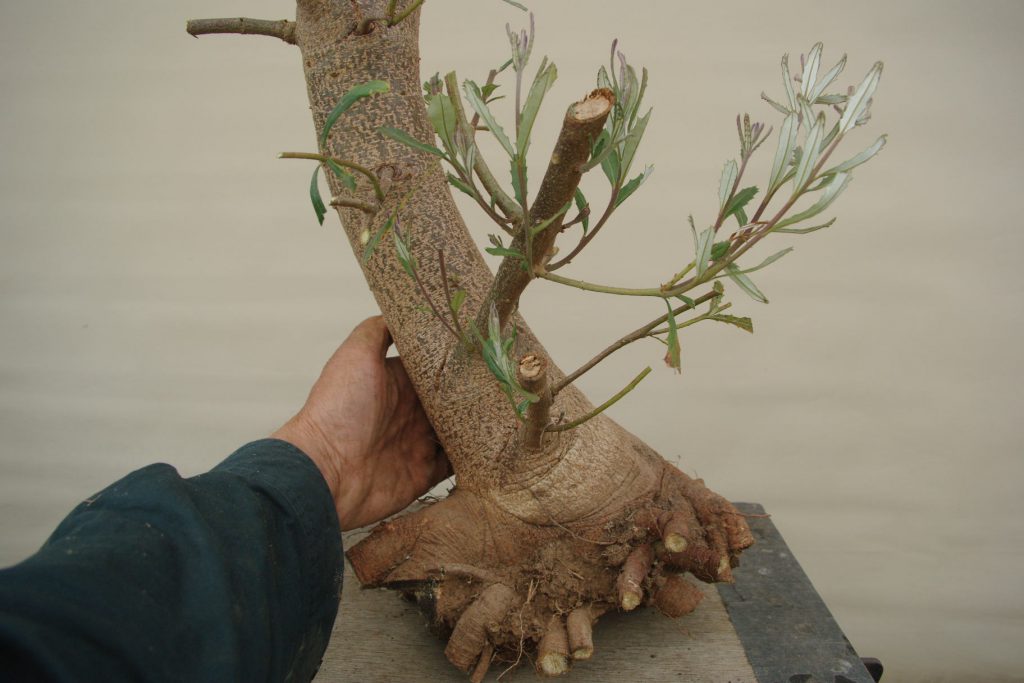
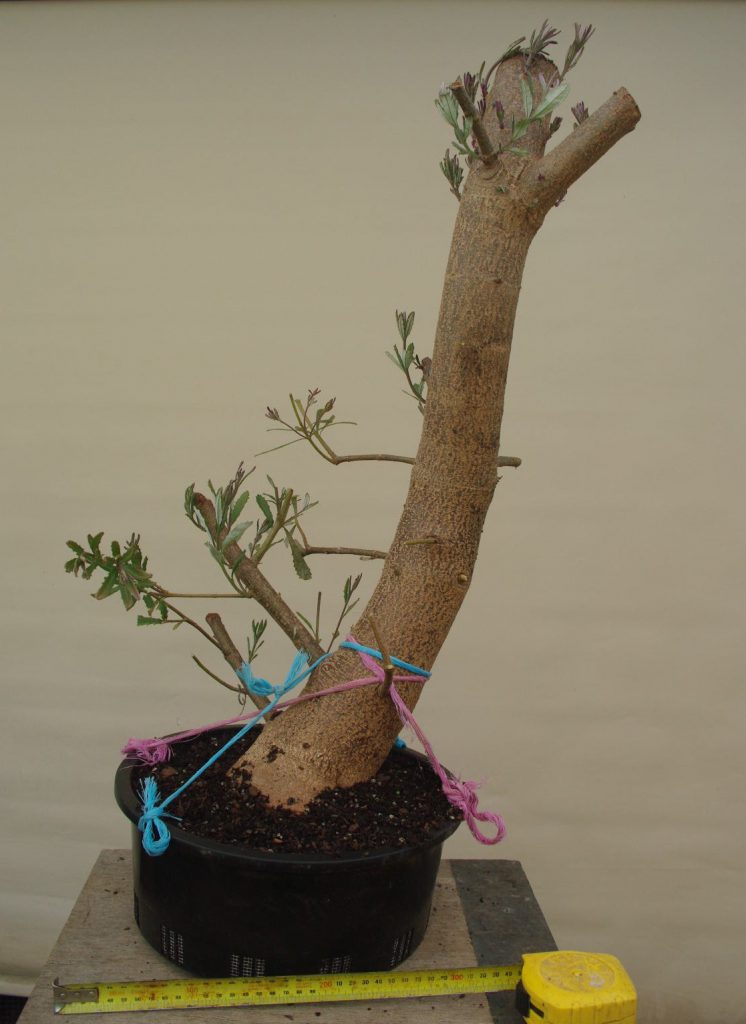
You can see that this trunk is quite large and very tall. I do not usually tie plants into the pots but this one was too unstable to move so I’ve tied it tightly to the pot so it won’t topple over.
After an initial watering the trees were placed just under the nursery benches where they will get regular watering and afternoon shade.
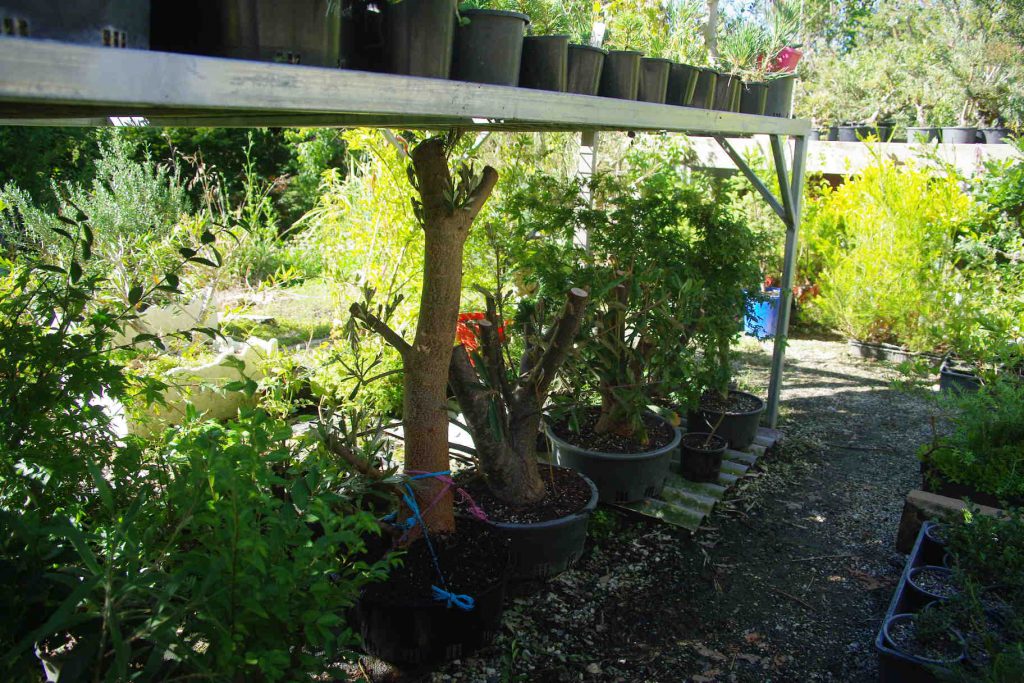
It is now 2 months since this banksia was dug, pruned and potted. A couple of those fresh shoots shrivelled and died but the remainder have continued to grow slowly and are still alive.
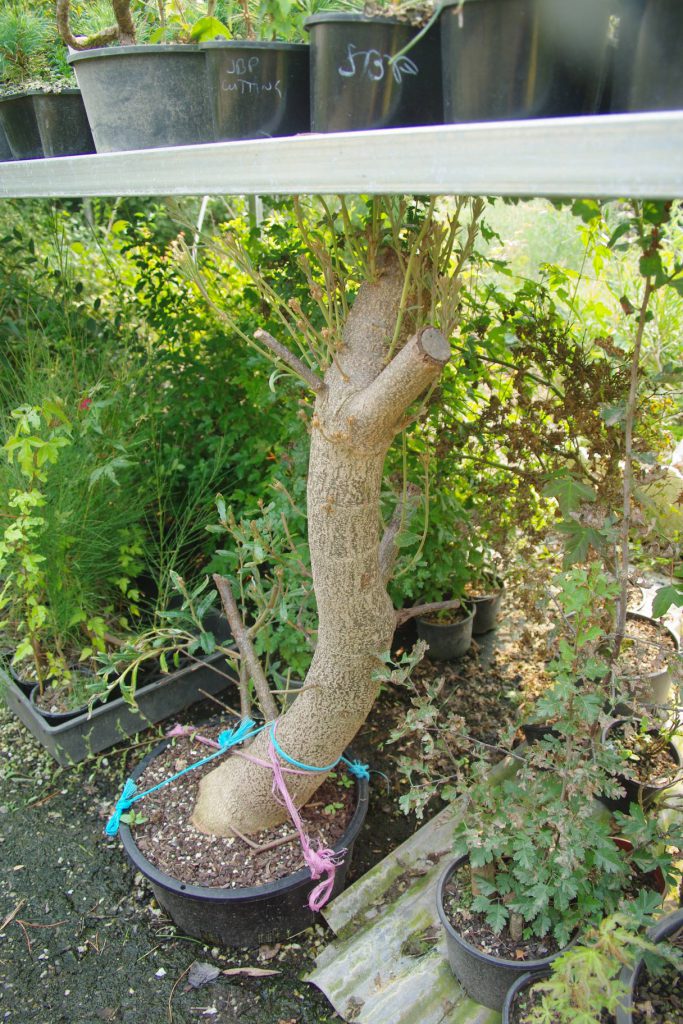
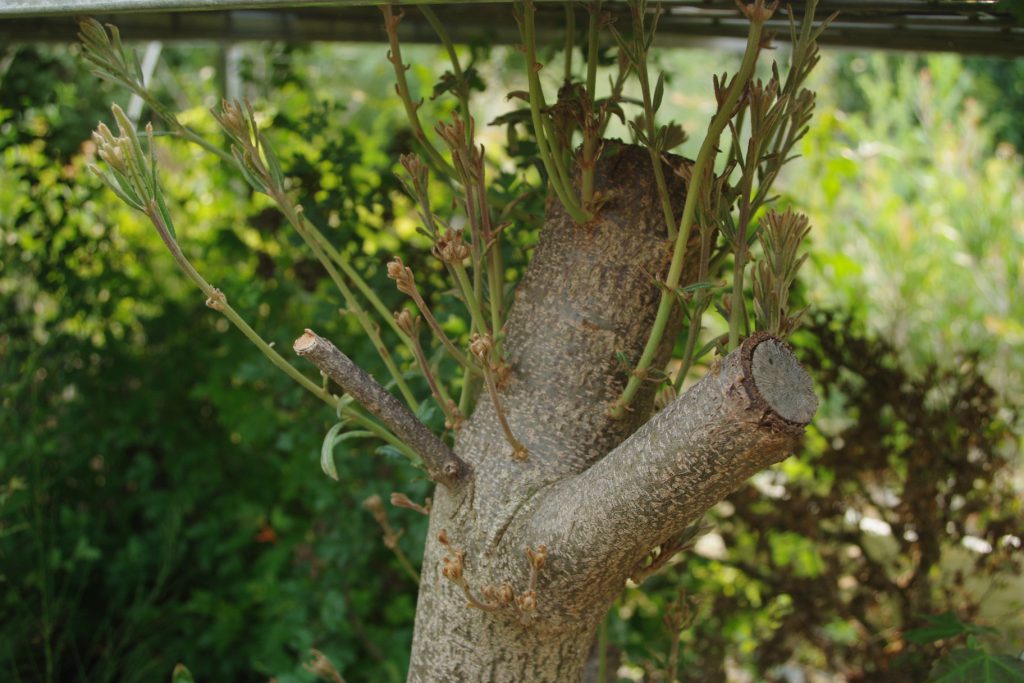
Other similar banksias dug around the same time have also continued to grow. These are also in 30 cm orchid pots but had less roots removed at transplant.
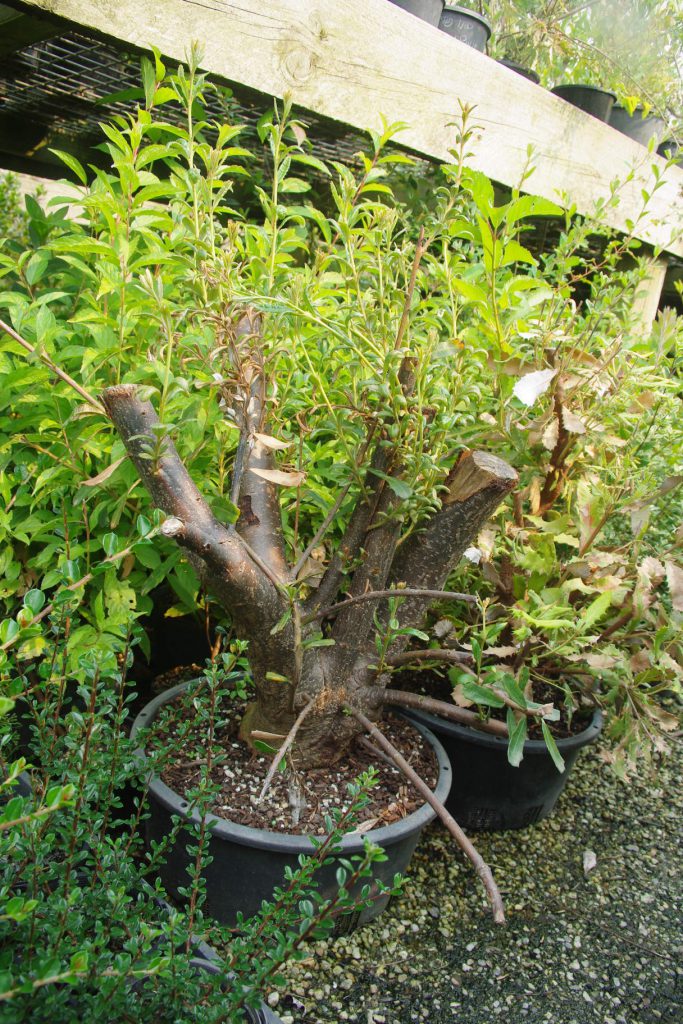
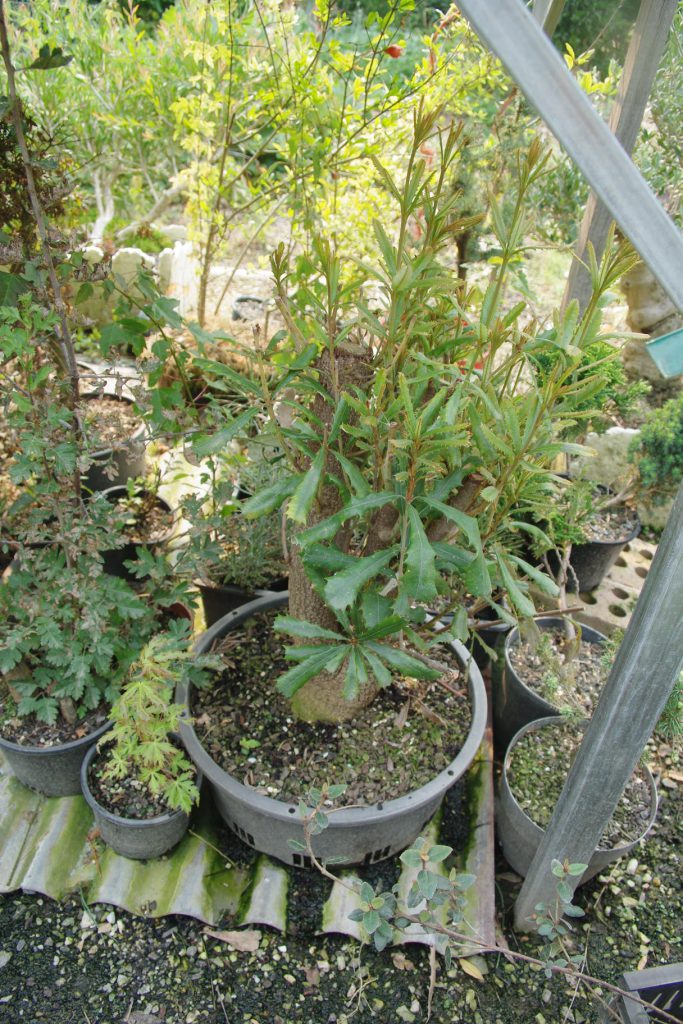
Banksias can be rewarding plants as bonsai. I believe this trial shows that ground grown banksias are quite tolerant of transplant and corresponding root reduction, at least during the warmer months.
